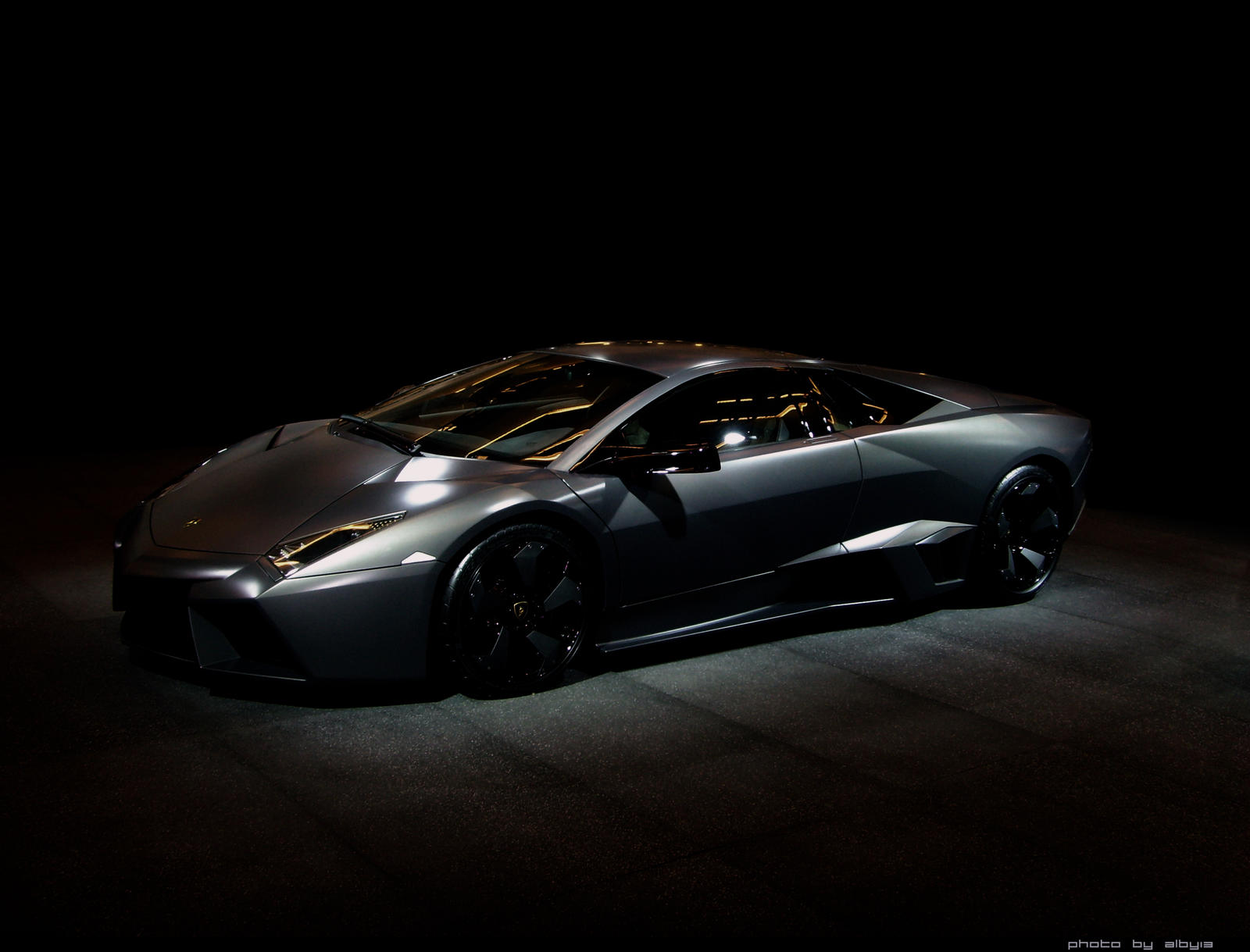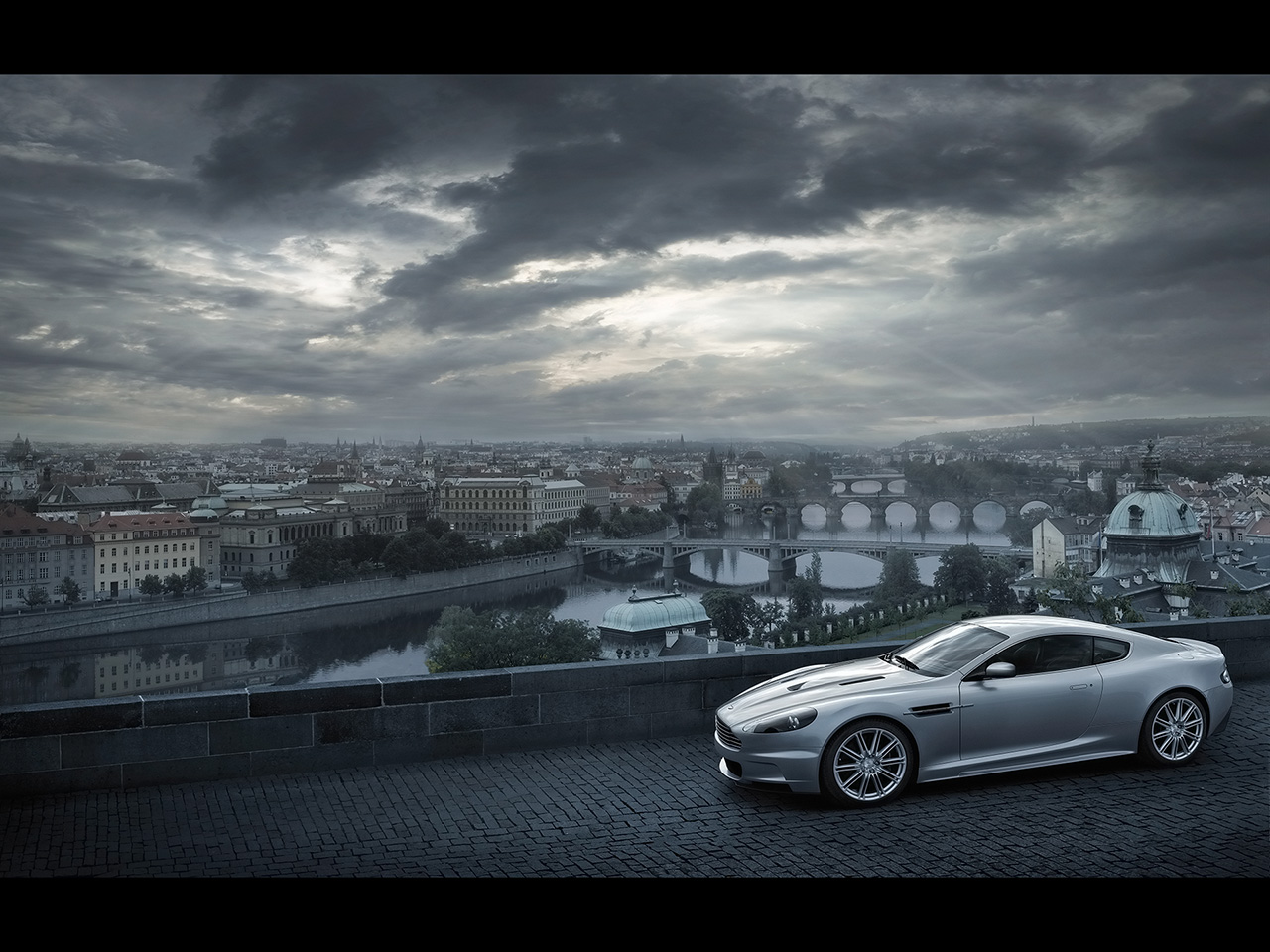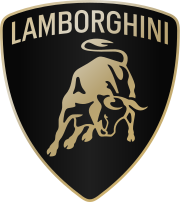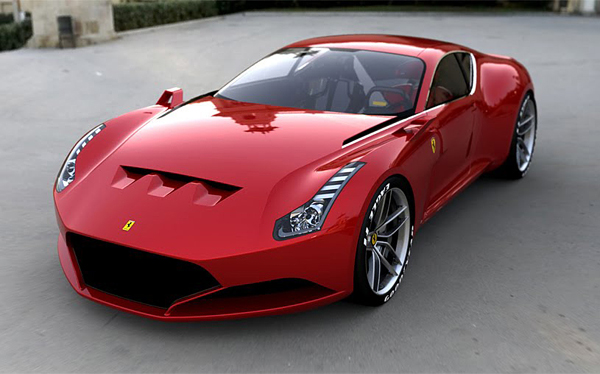Do you want to make your blog to be paid ? If you do – you’re not alone. More and more bloggers are finding that blogging is a profitable medium. Whether it be to earn a few extra dollars a week to feed their coffee habit, or making enough money to stop them having to get a part time job to get through college, or whether they’ve got it to a point where they are able to make a full time living from their blogging – there are tens of thousands of bloggers who make money blogging.
1. AdSense
 Despite not using it here at ProBlogger any more (here’s why) I continue to use AdSense with amazing effect on my other blogs. I have them all set to show image and text based ads and find that 250×300 pixel ads work best (usually with a blended design). I don’t have much luck with their ‘referrals’ program but their normal ads work a treat and continue to be the biggest earner for me.
Despite not using it here at ProBlogger any more (here’s why) I continue to use AdSense with amazing effect on my other blogs. I have them all set to show image and text based ads and find that 250×300 pixel ads work best (usually with a blended design). I don’t have much luck with their ‘referrals’ program but their normal ads work a treat and continue to be the biggest earner for me.2. Affiliate Programs
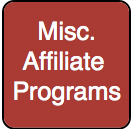 I run a variety of affiliate programs on my blogs – most of which bring in smaller amounts of money that don’t really justify a category of their own (but which certainly add up).
I run a variety of affiliate programs on my blogs – most of which bring in smaller amounts of money that don’t really justify a category of their own (but which certainly add up).These include recommending quality products like these here on ProBlogger: Thesis WordPress theme, Yaro’s Blog Mastermind Coaching Program and How to Launch the F*** out of your E-Book (and others) as well as some great products on my photography blog including 123 of Digital Imaging, David DuChemin’s amazing Photography E-Books and Mitchell Kanashkevich’s great ebooks.
The great thing about many of these programs is that they are of such high quality that they sell themselves and I am being emailed from readers who sign up to them thanking me for the recommendation!
3. E-Book Sales
 Last time I did a wrap up of how I make money blogging this category did not exist for me – I didn’t really have any of my own products to sell at all. However in the last year or so I’ve released 3 E-books – 31 Days to Build a Better Blog,The Essential Guide to Portrait Photography and Photo Nuts and Bolts: Know Your Camera and Take Better Photos. While these products all only sell for under $20 they certainly add up and some months this has been my biggest category of income. The reason they were only ranking at #3 in the last month was that I didn’t do a product launch (I wrote about one launch which brought in $72,000 in a week here). This is an income stream I see growing as I add more E-books to my range (expect 3 in the coming few months).
Last time I did a wrap up of how I make money blogging this category did not exist for me – I didn’t really have any of my own products to sell at all. However in the last year or so I’ve released 3 E-books – 31 Days to Build a Better Blog,The Essential Guide to Portrait Photography and Photo Nuts and Bolts: Know Your Camera and Take Better Photos. While these products all only sell for under $20 they certainly add up and some months this has been my biggest category of income. The reason they were only ranking at #3 in the last month was that I didn’t do a product launch (I wrote about one launch which brought in $72,000 in a week here). This is an income stream I see growing as I add more E-books to my range (expect 3 in the coming few months).4. Continuity Programs
 This is another newer category for me but one that continues to grow.
This is another newer category for me but one that continues to grow.A continuity program is a site where you earn a recurring income from people who subscribe to a service you offer.
For me this includes two sites – ProBlogger.com and Third Tribe Marketing. Both programs are membership sites and generate monthly income from the thousands of members that they have as a part of them.
5. Private Ad Sales/Sponsorships
 Private ad sales directly to advertisers have fallen for me in the last year (they previously ranked #3 on this list). This is partly due to a change in my own focus but also partly due to the economy as it is. I should note that this area does vary a little from month to month depending upon the campaigns we’re asked to run – we’ve had a couple of months where it actually ranked #2 in the last year.
Private ad sales directly to advertisers have fallen for me in the last year (they previously ranked #3 on this list). This is partly due to a change in my own focus but also partly due to the economy as it is. I should note that this area does vary a little from month to month depending upon the campaigns we’re asked to run – we’ve had a couple of months where it actually ranked #2 in the last year.This includes ad sales of the 125 x 125 ads here at ProBlogger as well as a campaign or two atDigital Photography School.
6. Chitika
 Chitka continues to be a great performer for me on my blogs. They traditionally have worked best on product related blogs although theirPremium ad units now convert well on a larger range of blogs.
Chitka continues to be a great performer for me on my blogs. They traditionally have worked best on product related blogs although theirPremium ad units now convert well on a larger range of blogs.While I’ve focused a little less on Chitika in the last 6 months (mainly as I’ve released my own products and moved a little away from advertising) they do continue to perform well where I use them and over the time I’ve been using Chitika they’ve now earned me over a quarter of a million dollars – as a result I can’t recommend them enough!
7. Amazon Associates

Amazon’s affiliate program has been one of my big movers in the last 12 months. I used to make a few odd dollars from it – however in recent times it has become a significant earner for me (in fact it’s now earned me over $100,000 since I started using it). Christmas time (and the lead up to it) is a particularly good time for Amazon – last December it would have ranked #2 on this list.
8. ProBlogger Job Boards
The job boards here at ProBlogger continue to grow each month in the number of advertisements that are being bought. This enabled me to invest most of the money that they’d earned a while back into getting a new back end for the boards and to redesign them. These job boards now bring in over $1000 a month in revenue which is pretty nice considering that they are so low maintenance to run. They also offer a service to readers and add value to the overall blog.The only problem that I face with the job boards is that there are so many bloggers looking for work that the demand for jobs far exceeds the supply. On the good side of things is that advertisers are reporting getting amazing quality of applications.
